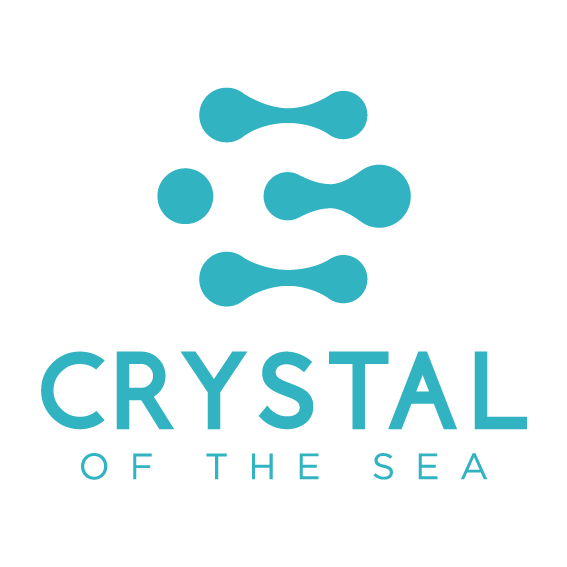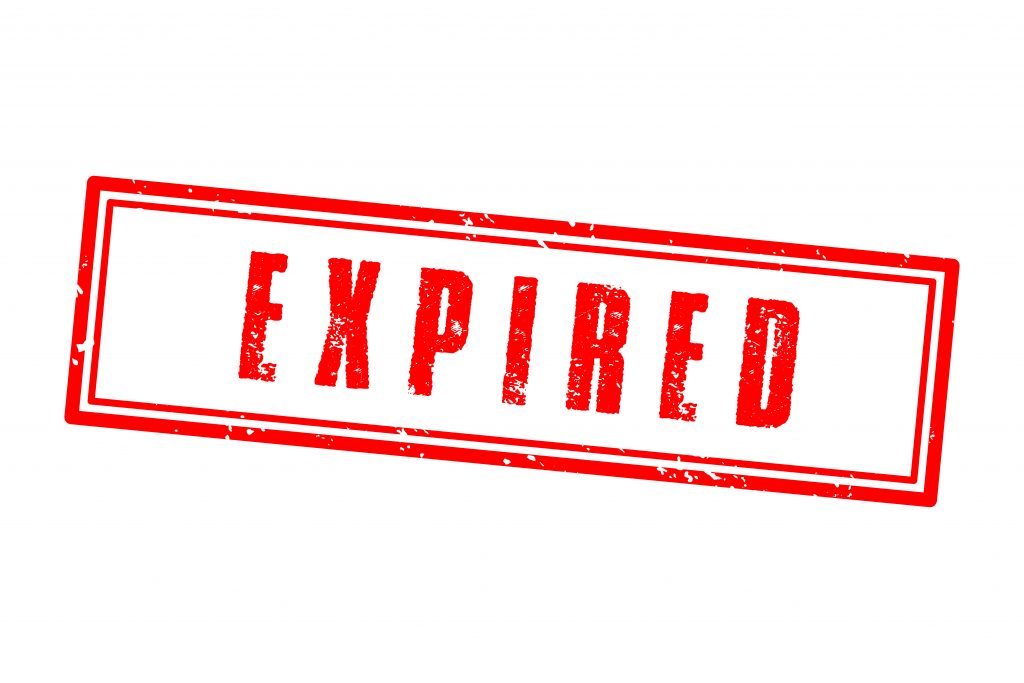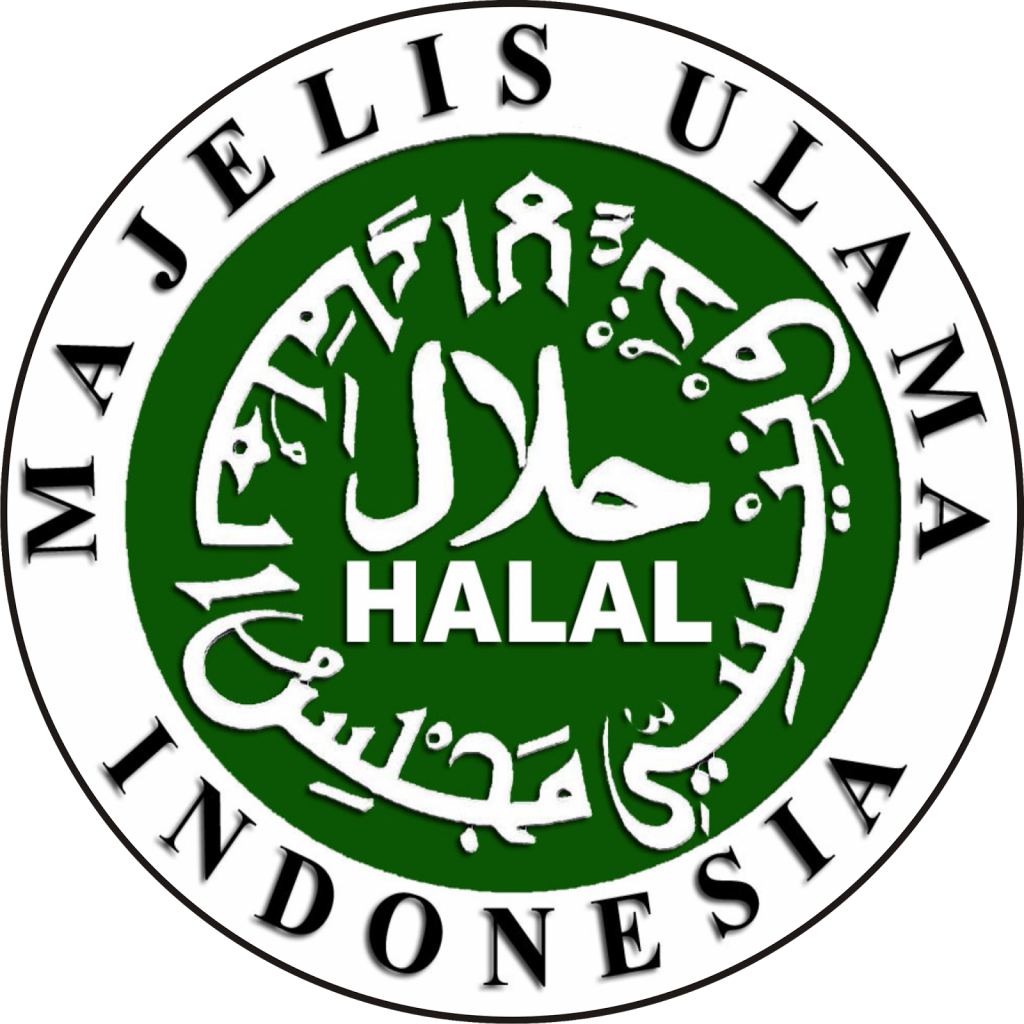Contents
What Is an Expiration Date? Understanding Food Labels for Safety and Quality
When shopping for groceries, you’ve likely noticed various dates printed on food packaging—terms like “expiration date,” “best before,” and “use by.” While they might seem interchangeable, each serves a distinct purpose in indicating a product’s safety and quality.
Expiration Date: The Final Consumption Deadline
An expiration date signifies the last day a product is considered safe to consume. After this date, the manufacturer no longer guarantees the item’s safety or efficacy. Consuming products past their expiration date can pose health risks, especially for perishable items like dairy, meat, and certain pharmaceuticals.
For instance, expired milk may sour, and outdated medications might lose potency or become harmful. It’s crucial to adhere strictly to expiration dates to avoid potential health hazards.
Best Before Date: Peak Quality Indicator
The best before date indicates when a product is expected to be at its optimal quality in terms of taste, texture, and nutritional value. It’s not about safety; rather, it’s about the product’s prime condition.
Foods like biscuits, canned goods, and dried items such as ikan bilis (anchovies) often carry best before dates. Consuming them after this date is generally safe, provided there are no signs of spoilage, but the quality might not be as intended.
Use By Date: Safety for Perishables
The use by date is crucial for perishable items. It denotes the last date recommended for the safe consumption of the product. After this date, even if the food appears fine, it may harbor harmful bacteria.
Items like fresh meats, seafood, and ready-to-eat salads commonly have use by dates. For example, ebi (dried shrimp) should be consumed before its use by date to ensure safety.
Key Differences at a Glance
| Label Type | Indicates Safety | Indicates Quality | Commonly Found On |
| Expiration Date | ✅ Yes | ✅ Yes | Medications, infant formula, supplements |
| Best Before Date | ❌ No | ✅ Yes | Dry goods, canned foods, snacks |
| Use By Date | ✅ Yes | ✅ Yes | Fresh meats, dairy, ready-to-eat meals |
Tips for Consumers
- Always check the date labels before purchasing or consuming products.
- Store foods properly to extend their shelf life.
- When in doubt, throw it out. If a product smells off or has changed in appearance, it’s safer to discard it.
Read More : Complementary Feeding for 9-Month-Olds: 14 Easy and Nutritious Recipes Ideas
Crystal of the Sea: Quality You Can Trust
At Crystal of the Sea, we prioritize both quality and safety. Our range of dried seafood products, including White Anchovy, Brown Anchovy, and Shrimp, are carefully processed and packaged to ensure freshness.
Our products have a shelf life of up to 8 months when stored in a cool, dry place. For optimal quality, we recommend refrigerating them, especially in Singapore’s humid climate.
Experience the authentic taste of premium dried seafood with Crystal of the Sea.
Sources:
- https://www.fsis.usda.gov/food-safety/safe-food-handling-and-preparation/food-safety-basics/food-product-dating
- https://www.webmd.com/diet/features/do-food-expiration-dates-matter
- https://www.realsimple.com/food-recipes/shopping-storing/food/food-expiration-dates-guidelines-chart
- https://www.betterhealth.vic.gov.au/health/healthyliving/food-use-by-and-best-before-dates
- https://www.foodsafety.ca/difference-between-best-and-expiry-dates






